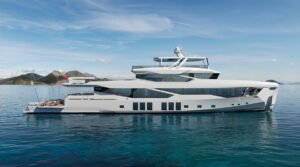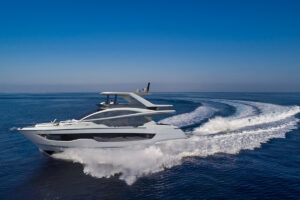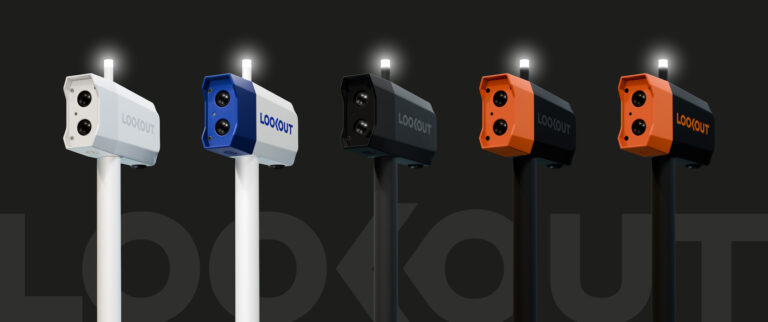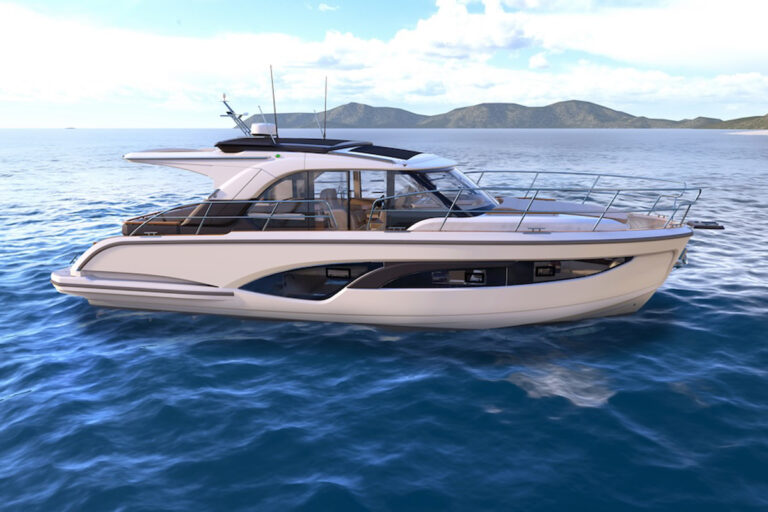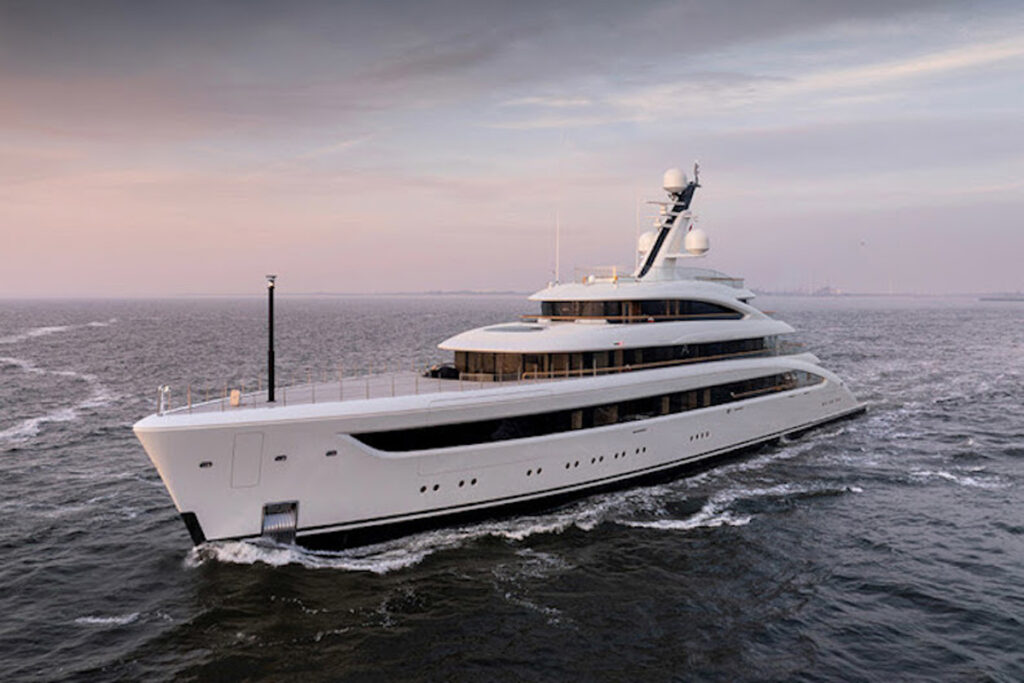
Feadship has delivered the nearly 250-foot superyacht Alvia from the Royal Van Lent shipyard in Amsterdam.
The team at Burgess announced the news after being involved throughout the sales and construction timeline. Burgess brokers guided the owner through the purchase process in 2019; its technical services team managed the build, collaborating with the owner’s representatives; its crew services team staffed the vessel; and its yacht management team is now overseeing the yacht’s operations.

“We are delighted to have worked with such an experienced and professional owner’s team to help deliver this very special yacht,” Nathan Durley-Boot, marine engineer and project manager, Burgess Technical Services, stated in a press release.
Alvia, which was delivered at the end of April, was known as Project Hanami during the construction process. The code name referred to the Japanese festival of the cherry blossom.
Exteriors are by the British studio RWD, which worked with Susan Young Interiors on the project. Standout features include a main-deck pool, a sports court on the foredeck, folding balconies on the owners’ deck, an elevator that runs from the main deck to the bridge deck, a gym and spa area, and interactive bridge deck lighting,
Gross tonnage is 2,265, creating what Burgess describes as “a feeling of space while on board.” The yacht has a trans-Atlantic range of 5,500 nautical miles, which is more than enough for going back and forth between the expected cruising grounds in the Mediterranean and Caribbean.

Feadship also just launched a hydrogen-powered superyacht: In early May, Feadship’s Amsterdam shipyard launched Project 821, the world’s first hydrogen fuel-cell superyacht. At 390 feet long, Project 821 is also the largest motoryacht ever launched in The Netherlands in terms of volume.
The emissions-free Project 821 is designed by RWD with owner representation by Edmiston. While there are hydrogen fuel cell-powered cars, and while fuel cells have been used as the primary source of electrical power on human spaceflight for more than six decades, there were no maritime regulations for hydrogen storage and fuel-cell systems on a yacht of this nature. Feadship and Edmiston worked with Lloyd’s Register to develop equipment, protocols and safety regulations.
One of the biggest challenges was storing compressed liquid hydrogen belowdecks. Safe storage requires a double-walled cryogenic tank in a dedicated room. According to Feadship, it takes eight to 10 times more space to store hydrogen than the energy equivalent in diesel fuel.
Project 821 is for sale through Edmiston.
Take the next step: details about both projects are available at feadship.nl


